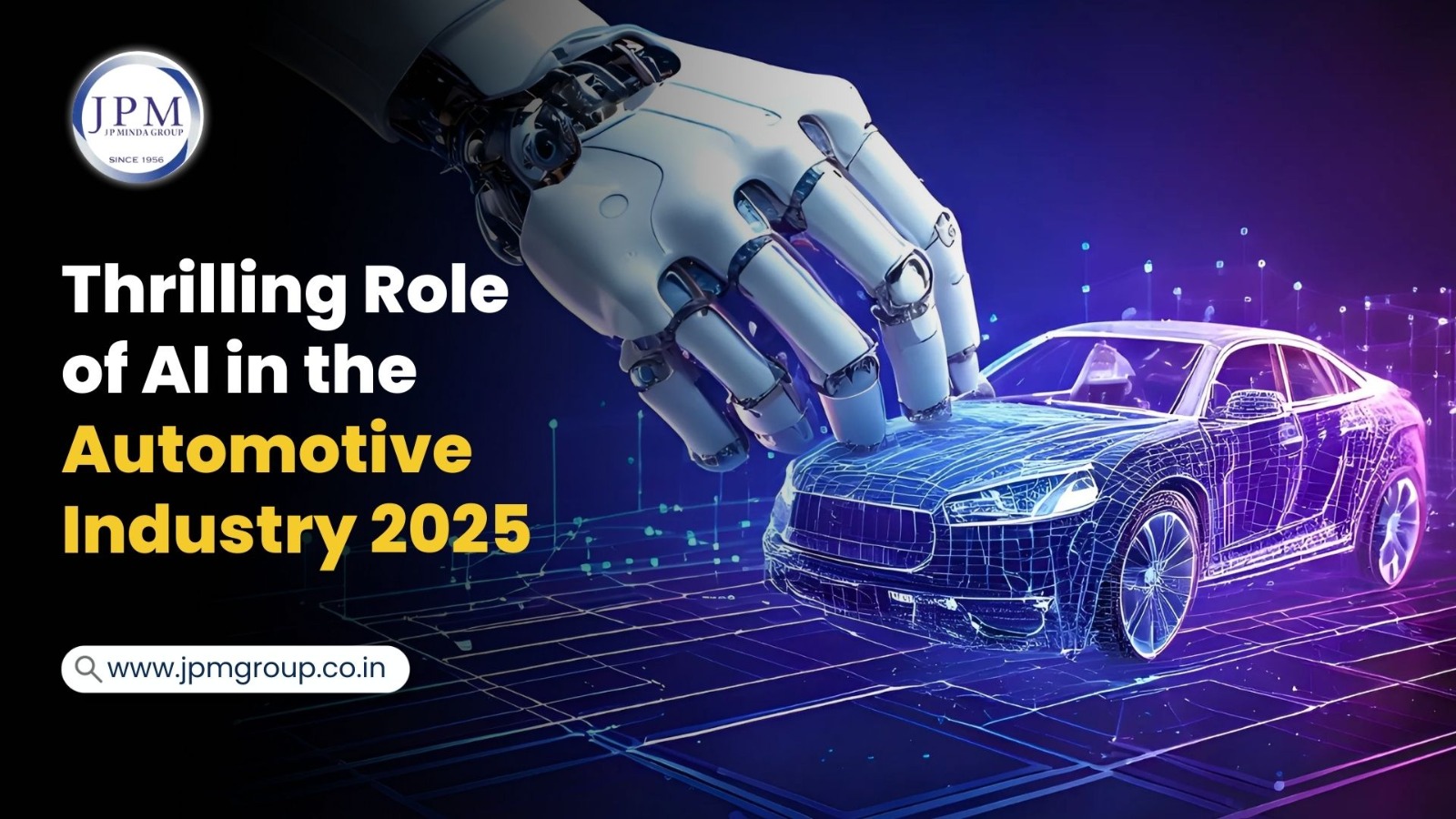The stress of long journeys, the never-ending search for parking, the abrupt traffic congestion, or even the unplanned automobile breakdown that spoils your day are all under control. Indeed, with AI taking over the world, the car industry has returned with a better version that helps you avoid them and even safely gets you to your destination while you relax. Today’s AI in the Automotive Industry makes this a reality rather than a sci-fi dream. Automobiles are more than just wheels and engines these days. The way we drive, travel, and enjoy mobility is being revolutionized by these intelligent companions that are capable of learning, adapting, and making judgments. The AI in the Automotive Industry solves practical issues for drivers, manufacturers, and even cities, from self-driving cars to eco-friendly EVs and smart manufacturing.
How AI in the Automotive Industry Solves Everyday Challenges
1. Autonomous Driving for Less Stress, More Safety
We’ve all been stuck in traffic or felt the anxiety of driving in chaotic conditions. Autonomous driving, powered by AI in the automotive industry, takes away this stress. Using deep learning and sensors, cars can “see” the road, process data in milliseconds, and react faster than humans. Tesla’s Full Self-Driving is a recent example that sets it apart, can handle busy intersections and even predict pedestrian behavior, making your car a safer chauffeur when you need it most.
2. ADAS (Advanced Driver Assistance Systems)
Even if you’re not ready for a fully autonomous car, AI in the automotive industry is already by your side through ADAS features. Lane-keeping assist keeps you from drifting, adaptive cruise control handles stop-and-go traffic, and emergency braking can save you from collisions. Due to this, everyday impact differs; over 60% of cars made in 2025 now include these AI features, meaning safer and less stressful driving is becoming the norm, not a luxury.
3. AI in the automotive industry made Manufacturing Smarter
Have you ever worried about hidden defects in your car? AI in the automotive industry is changing that too. Automakers are using AI-powered systems in factories to predict issues before they happen and ensure quality control at every step. Example: Volkswagen uses AI vision to detect welding flaws invisible to the human eye, ensuring safer, more reliable cars hit the road.
4. Personalized In-Vehicle Experiences
Everyone has preferences, whether it’s their favorite playlist, their preferred route to work, or the temperature in the cabin that suits them best. AI in the Automotive Industry is transforming personal assistants in the automotive sector. If you haven’t heard, your automobile already knows you. Mercedes-Benz’s MBUX system learns your musical preferences, adapts lighting to your mood, and proposes destinations depending on your calendar. So there’s no need to change settings.
5. Predictive Maintenance
Unexpected breakdowns are among the most annoying things. AI in the Automotive Industry’s predictive maintenance makes sure this doesn’t happen too often. Your vehicle is now able to track its condition and notify you before minor problems become expensive fixes. To ensure that you are never stuck in the middle of nowhere, AI will warn you in advance of low tire pressure or engine problems.
6. Smarter Cities, Smoother Drives
Ever been stuck at a red light while the other lane moves freely? AI in the automotive industry, combined with smart cities, is solving this, too. With Vehicle-to-Everything (V2X) communication, cars and traffic lights can “talk,” optimizing traffic flow. Cities like Singapore are already testing this technology, making commutes smoother and reducing the time drivers waste in traffic.
7. AI in the Automotive Industry for Longer Range, Greener Drives
Concerned about how long a road trip will last for your EV battery? AI is also addressing that in the automotive sector. AI increases battery life and improves charging efficiency by evaluating driving patterns and conditions. To give you peace of mind on longer rides, Rivian employs AI to optimize energy efficiency and squeeze out extra miles.
Conclusion;
AI in the automotive industry is not just about futuristic self-driving cars; it’s about creating safer roads, smarter manufacturing, sustainable vehicles, and a seamless driving experience. From reducing human errors to predicting maintenance, from optimizing traffic to extending EV ranges, AI has truly become the driving force of transformation. As we move further into 2025 and beyond, AI in the automotive industry will continue to reshape mobility into something safer, smarter, and more personalized. The cars of tomorrow are not just machines; they are intelligent companions that learn, adapt, and ensure every journey is smooth, sustainable, and stress-free.
Frequently Asked Questions
Q1. What is AI in the automotive industry?
AI in the automotive industry refers to the use of artificial intelligence technologies such as machine learning, deep learning, and computer vision to improve vehicle safety, efficiency, personalization, and manufacturing processes.
Q2. How is AI making driving safer?
AI in the automotive industry powers autonomous driving and ADAS (Advanced Driver Assistance Systems). These systems use real-time data and sensors to avoid collisions, assist in lane-keeping, and reduce driver stress in traffic.
Q3. Can AI prevent unexpected car breakdowns?
Yes. Through predictive maintenance, AI in the automotive industry allows vehicles to monitor their health and alert drivers before minor issues turn into costly repairs or unexpected breakdowns.
Q4. How does AI enhance the EV driving experience?
AI in the automotive industry helps extend battery life, improve charging efficiency, and optimize energy usage by learning from driving patterns and road conditions, ensuring longer and greener drives.
Q5. Is AI only about self-driving cars?
No. AI in the automotive industry goes far beyond autonomous vehicles. It is already transforming smart manufacturing, traffic management in smart cities, personalized in-car experiences, and eco-friendly mobility.

